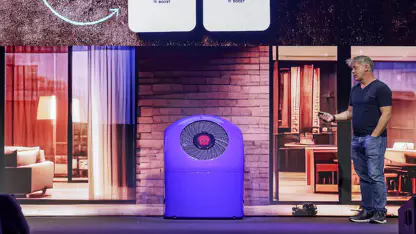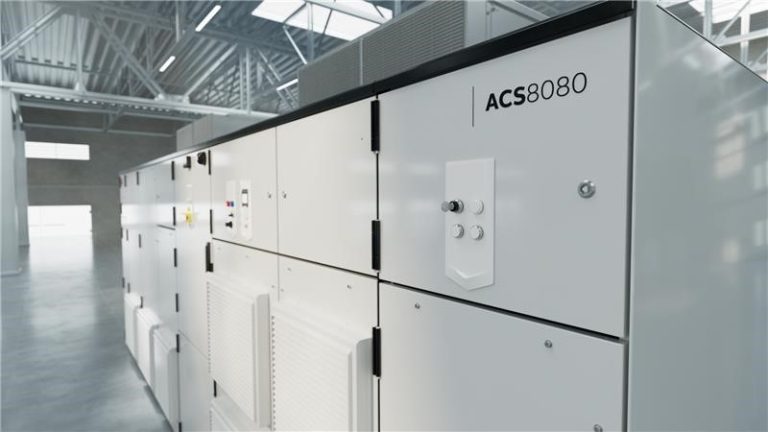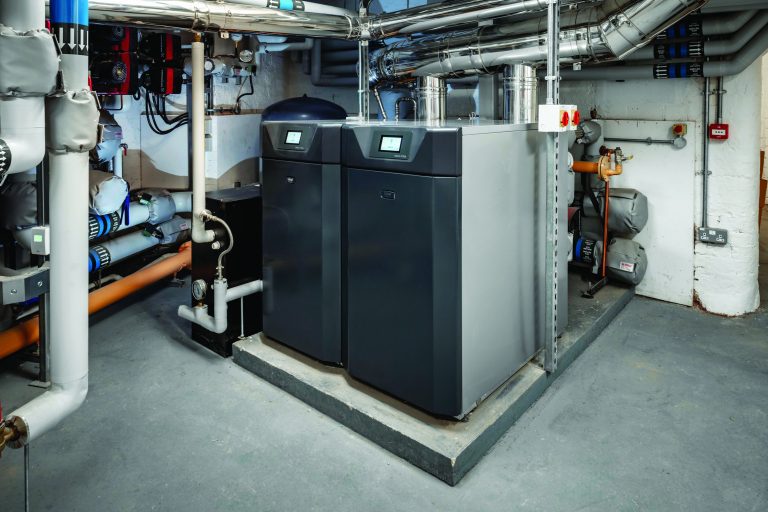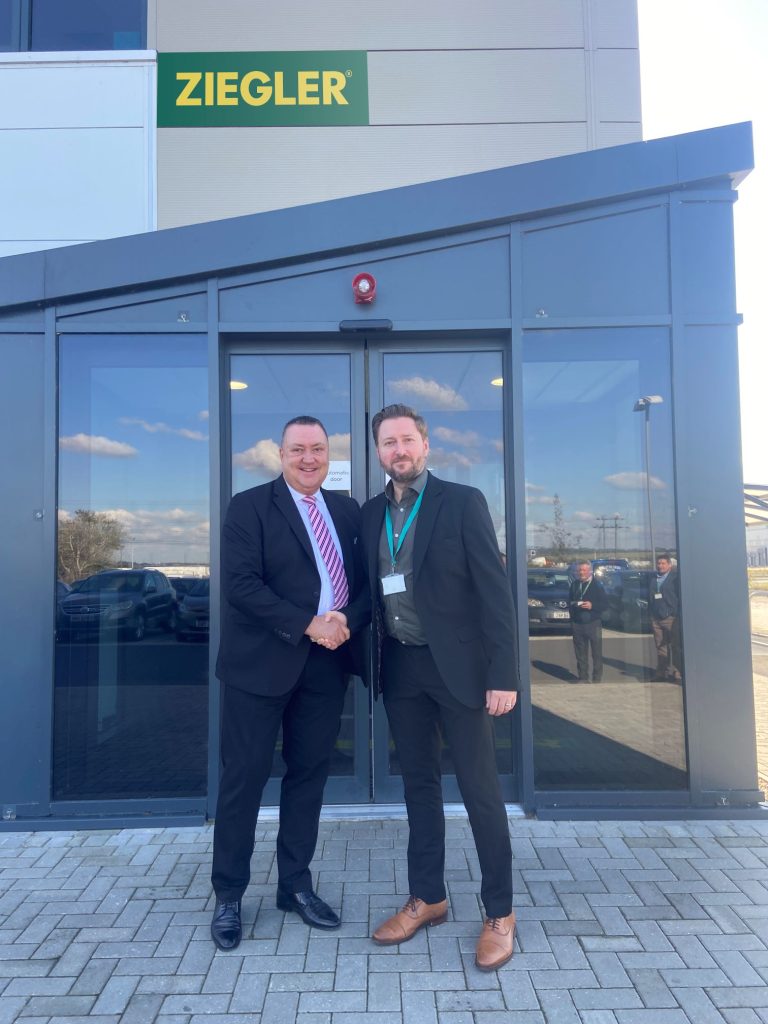BCIA AWARDS NOW OPEN FOR ENTRY! Anticipation is building towards the Building Controls Industry Association (BCIA) Awards 2025. Entries for the 10 award categories are now open, so place your nominations today! Following on from last year’s incredibly successful event and celebrating the best the building controls sector has to offer, the BCIA Awards 2025 will take place on Thursday 1st May 2025 at The Eastside Rooms in Birmingham. As one of the sector’s hottest yearly events, the Awards evening is one not to be missed – there are also plenty of seats and tables available, so make sure to secure your attendance. Recognised as the biggest awards in the building controls and Building Energy Management Systems (BEMS) industry, the BCIA awards shine a spotlight on the talented professionals that make up the building controls sector. There are ten different categories available to enter, with some sponsorship opportunities also available. These are: Building Controls and BEMS Installer of the Year (sponsored by Trend Control Systems Ltd) This award recognises the building controls and/or BEMS installer that most demonstrates commitment, professionalism, and understanding of client needs. Engineer of the Year (sponsored by BCIA Operations Ltd) Awarded to individuals working for building controls manufacturers, consulting engineers, installers, or facility management companies who best demonstrate engineering excellence in BEMS and building controls. Young Engineer of the Year This award is given to the individual aged 35 years or under who best demonstrates the achievements gained through successful participation in and completion of the BCIA Technical Training Programme and other building controls educational programmes. Apprentice of the Year (sponsored by Group Horizon) An award given to the individual who best demonstrates the achievements gained through successful participation in and completion of an approved BEMS or building controls apprenticeship. Energy Management Award (sponsored by Priva UK Ltd) Awarded to a team, installer, or manufacturer in recognition of a project which demonstrates how building controls and/or BEMS have been installed to increase energy efficiency in a building or premises. Best Service & Maintenance Provider (sponsored by Western Automation) An award given to the company that best demonstrates outstanding levels of customer care in the provision of long-term maintenance and service contracts for building controls and BEMS. Technical Innovation of the Year – Products (sponsored by CIBSE) Awarded to the most innovative BEMS/building controls product development launched in the past 12 months. Technical Innovation of the Year – Projects This award is presented to the project team/installer that best demonstrates innovation and the deployment of smart technology to create a sustainable building/complex. Contribution to Training Award An award given to the organisation, company, or individual that has contributed to training on the design, installation, and/or use of BEMS and building controls. Outstanding Contribution of the Year Award (sponsored by BCIA) Unlike previous years and the other awards, this cannot be self-nominated – peers must nominate individuals who they believe have made a significant and consistent contribution to the building controls sector. This individual will have demonstrated a strong commitment to supporting the building controls and BEMS industry, such as helping to raise awareness of the importance of controls, supporting the BCIA in its work, or helping to raise standards in training and performance for our industry. The Management Committee will be looking for the nominating party to provide a statement, with a minimum of 100 and maximum of 300 words, that explains the clear contribution the nominee has made to the industry as a whole and/or association. This could include any differences or impact the contribution has had, how the individual’s work has changed processes, or how they have innovated or raised the profile of the industry. All award entries can now be entered using the online entry system, which allows you to start, edit, view, and download your entry before submitting it. The closing date for entries is Thursday 23rd January 2025 – there will be no deadline extension. BCIA President Stacey Lucas said: “The BCIA Awards are a fantastic event and a great opportunity to shine a spotlight on the talented individuals and organisations in the building controls sector. This year saw some absolutely incredible entries and I’m sure next year’s awards will be no different – the skills, innovation, and expertise shown on a daily basis by building controls engineers and companies continue to move the sector forward in a hugely positive way. “This year’s event took place in a brand-new venue, The Eastside Rooms in Birmingham, and we’re delighted to say that the BCIA Awards 2025 will also be held there. Whether you have been a regular attendee of our awards evenings or you’re attending for the first time, it’s sure to be a thoroughly enjoyable evening – so mark the date in your diary now! “We have tickets and tables on sale, as well as various sponsorship opportunities, so don’t hesitate to get in touch! “If you’re looking for some inspiration for your 2025 entry, a series of case studies featuring this year’s terrific winners can also be found on the BCIA website.” To find out more and enter the BCIA Awards 2025, click here. Building, Design & Construction Magazine | The Choice of Industry Professionals














